By TREVOR HOGG
By TREVOR HOGG
Before becoming the butler for the Wayne family, Alfred Pennyworth was a British SAS (Special Air Service) operative, and the Epix series Pennyworth created by Bruno Heller has been exploring his backstory for the past two seasons with Jack Bannon in the leading role. “For Season 2, the U.K. producers wanted to handle the entire project from shoot through to post in the U.K. and to create a Pennyworth world on the Leavesden backlot, which would allow us flexibility from shooting on location,” explains Visual Effects Supervisor Rob Delicata, who has previously worked on The Alienist and The Third Day. “Our story arc and scale are bigger in Season 2 and our storytelling is getting darker and more brutal, but we are still a character-driven series.” The visual effects shot total increased to over 1,300 shots for the 10 episodes, and the action crime drama went from one to multiple vendors with CoSA VFX being joined by IMG VFX, MPC and Rumble VFX.
Halfway through the second block of principal photography the lockdown caused by the coronavirus pandemic occurred. “We were one of the first productions to restart in mid-August,” Delicata remarks, “and I have to give all of the credit to our Producer Matthew Patnick and his team to get us back up and running in a safe manner. I contracted COVID-19 away from the production in early-December 2020 and was quite ill for a month, so we had to reshape our visual effects team in order to keep moving forward.” The editorial and visual effects teams were based at Leavesden Studios. “It helped so much for internal meetings and reviews throughout,” adds Delicata. “Having local storage and bandwidth at Leavesden was invaluable for storing and data sharing. Due to the pandemic, we used Evercast for our own editorial and showrunner reviews, ClearView for color and finer detail reviews, and remote systems such as Microsoft Teams for our vendor meetings and reviews.”
In regards to how beholden Pennyworth is to the Batman franchise, Delicata notes, “As our show creator Bruno Heller has stated, ‘The nursery is now complete.’ What I think he means is that we now have the four main characters [Alfred, Thomas Wayne, Martha Wayne and Lucius Fox] in place that underpin the Batman story, but as a piece of fiction they stand on their own right.”
A source of inspiration were the films made at the end of the 1950s to the late 1960s. “I researched a lot of street photography from the 1960s, ’70s and ’80s. We also looked heavily into World War II photography for images of bombed-out cities and how human life moved and existed within.
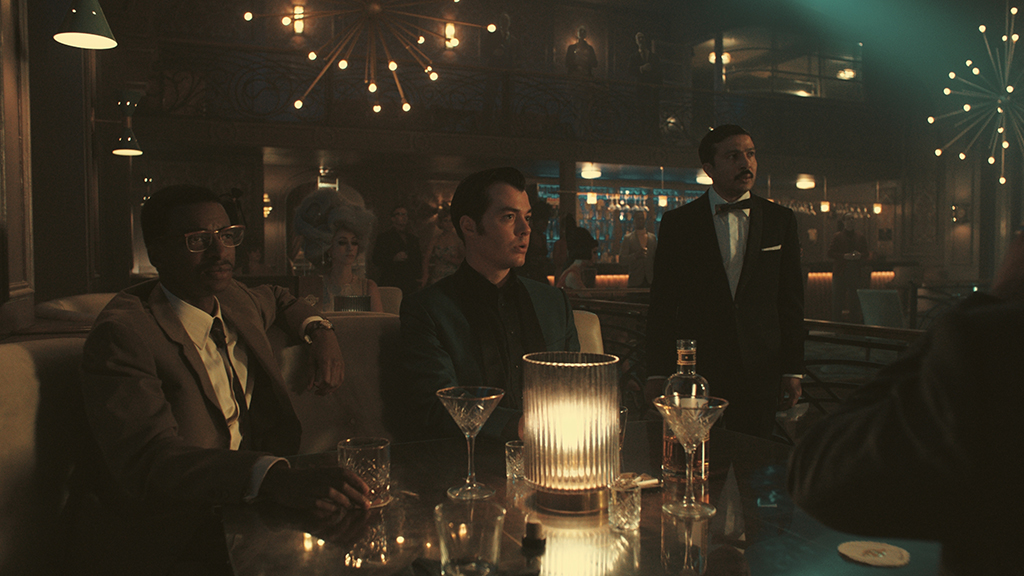
“The digital baby shot was purely down to the COVID situation in that we were unable to have a baby interact with our actors on set. … The prop department managed to find a jelly baby with eyes and breathing apparatus for the chest to rise and fall if required. We captured the normal camera data and HDR lighting reference, LiDAR scanned the entire room, photo scanned and LiDAR scanned the jelly baby, and shot texture references of the baby as well. … MPC built the model to those references, and we then honed that down into face shape, eye color, skin tones and texture. We decided where eyes blinks would be and planned a baby yawn to tie in with our actors when they smile and laugh at the baby.”
—Rob Delicata, Visual Effects Supervisor
Both Production Designer Mark Scruton and I were keen to add brutalist architecture into the mix alongside Victorian and Edwardian, as it created a juxtaposition between the old and new London.” Unused aerial footage of London for Season 1 came in handy. “We did move to shooting exclusively on the backlot as shooting locations was not possible during the lockdown. Sets had to be changed to avoid too much repetition throughout scenes and episodes. A number of car driving plates were shot on locations for some of the middle episodes by a small, dedicated visual effects and camera crew.”
Social distancing had to be respected once filming recommenced which meant compositing extras shot against greenscreen into the plate photography to increase the size of the pub crowd. “We had two-shoot days and one setup day to achieve the number of shots required,” reveals Delicata. “On day one we set up our lighting and greenscreen. On day one and two we then shot out all our shots with extras. We had editorial Avid on set to import and check that each element was working for each shot as planned. Any action, movement and eyelines, as well as audio lip-syncing to the track, needed to be in sync, checked and signed off. Once back into editorial, we put together the scene with slap comps for reference to send back to Rumble VFX. I did re-edit the elements into some extra shots as I felt we needed more continuity in certain shots. Also, some elements on reflection needed to be changed as they did not sit in too well. But generally everything that was shot worked for each shot.”
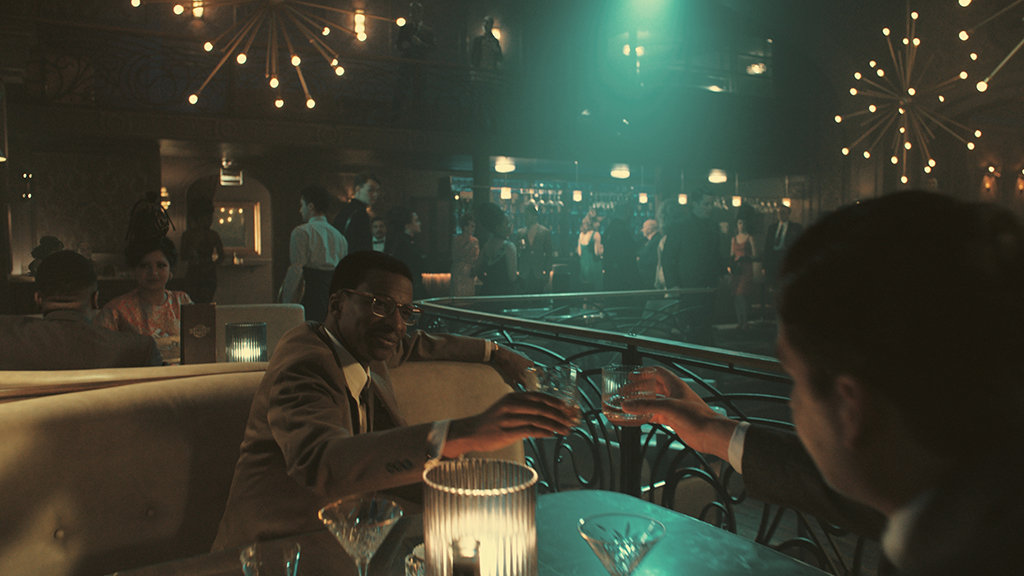
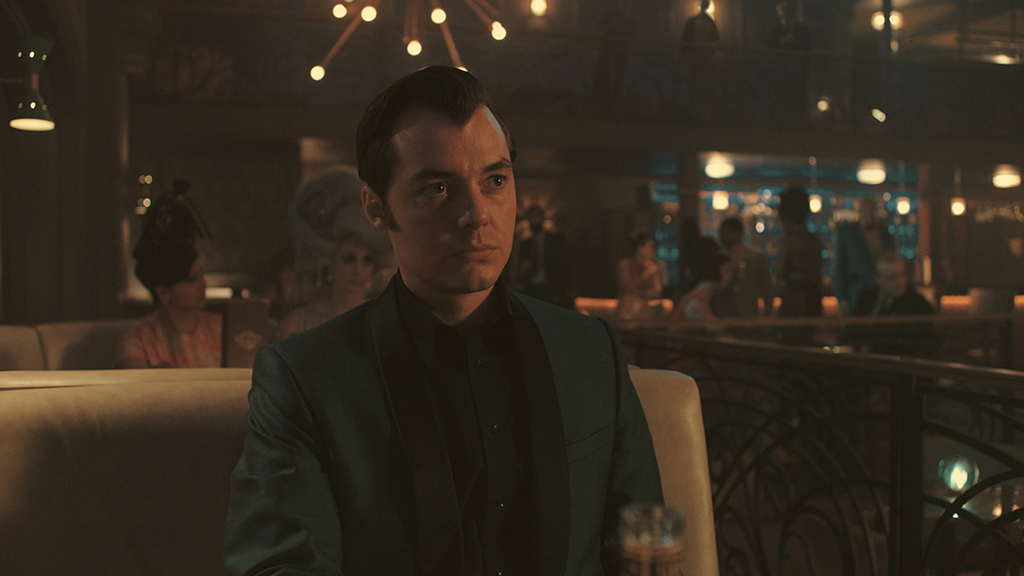
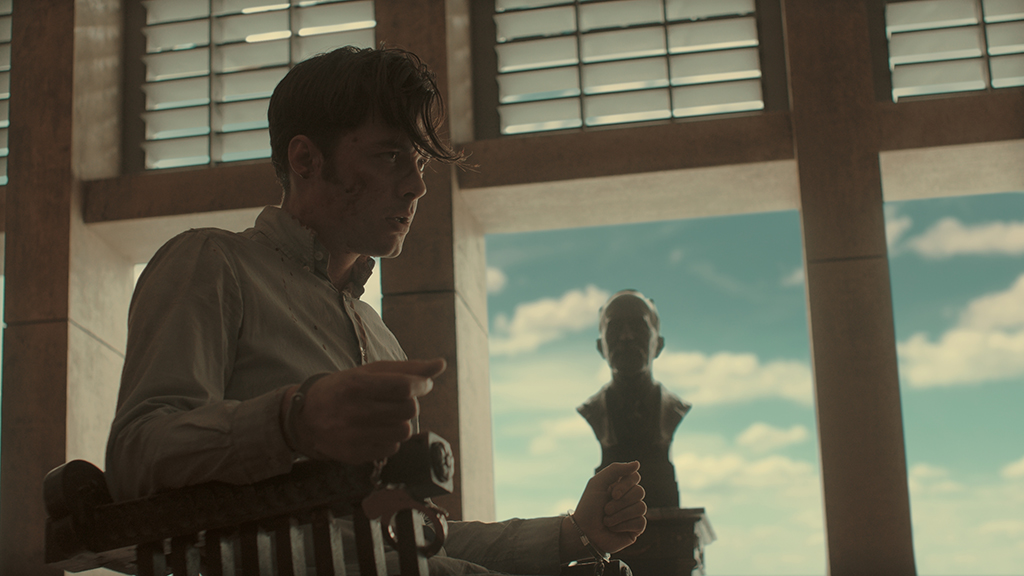
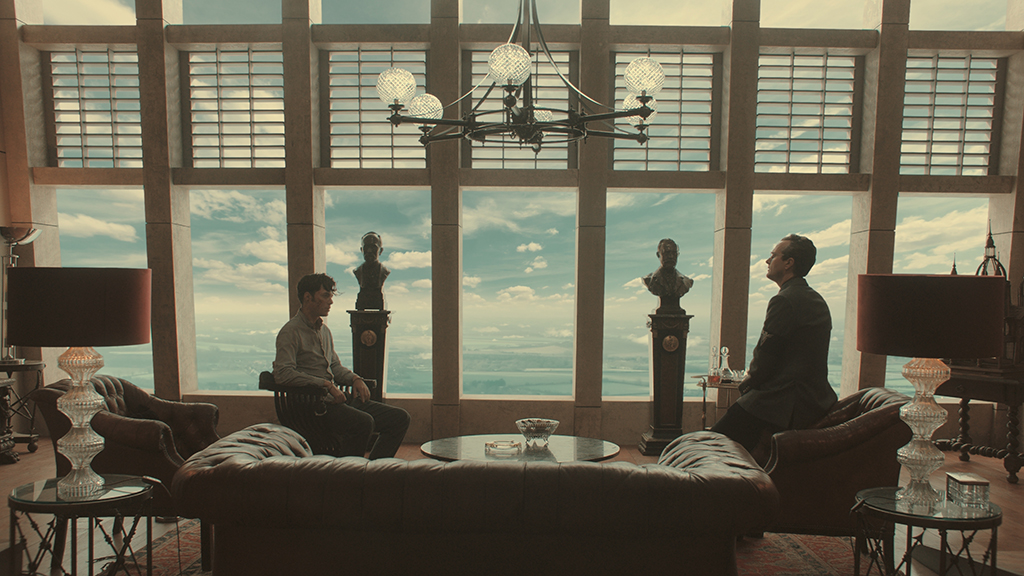
“I researched a lot of street photography from the 1960s, ’70s and ’80s. We also looked heavily into World War II photography for images of bombed-out cities and how human life moved and existed within. Both Production Designer Mark Scruton and I were keen to add brutalist architecture into the mix alongside Victorian and Edwardian, as it created a juxtaposition between the old and new London.”
—Rob Delicata, Visual Effects Supervisor
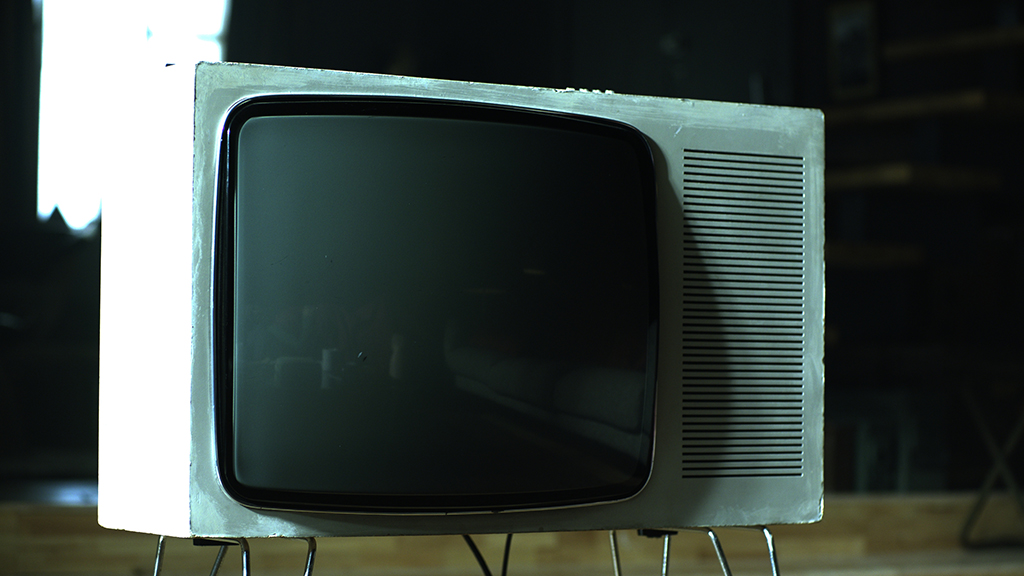
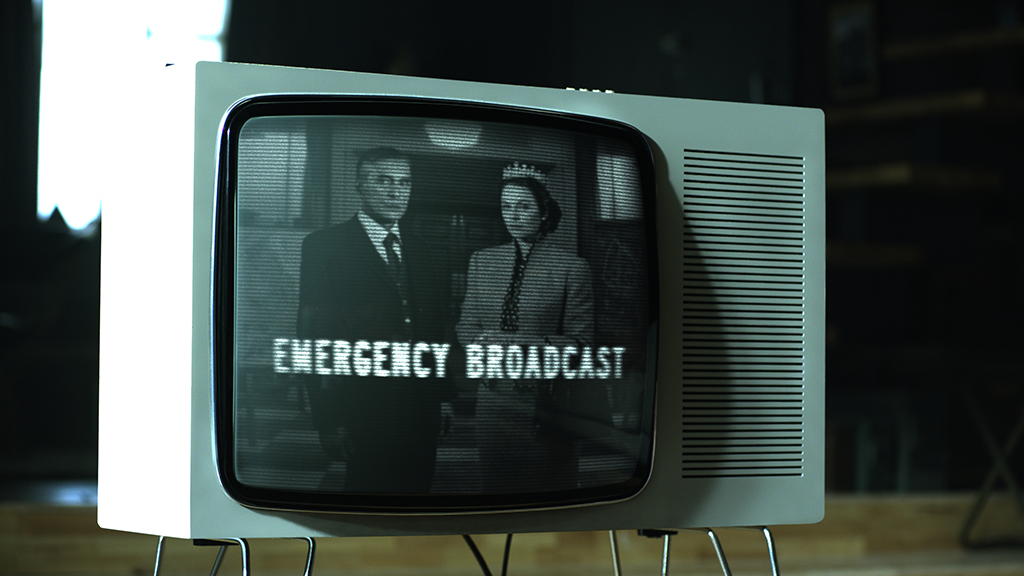
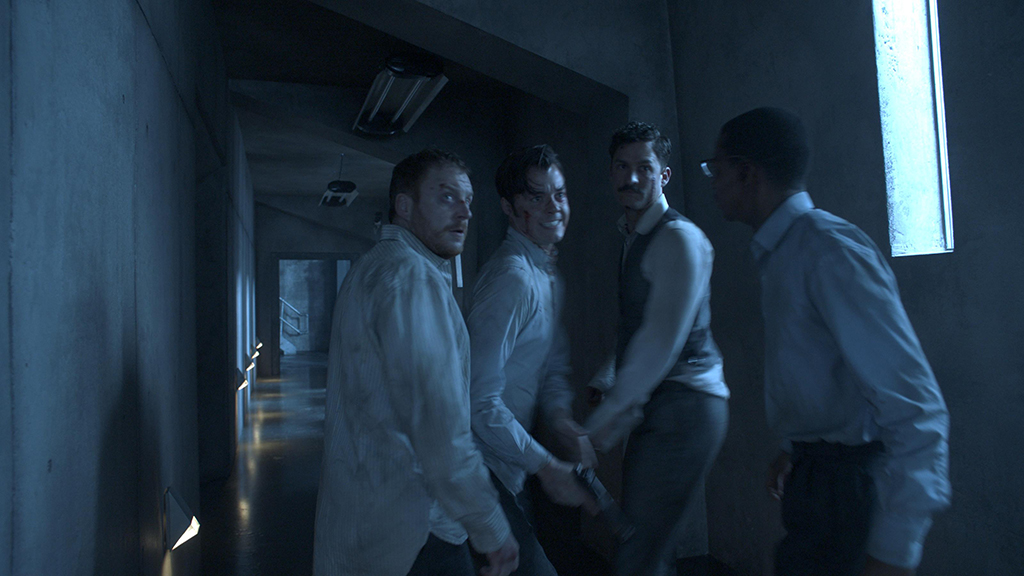
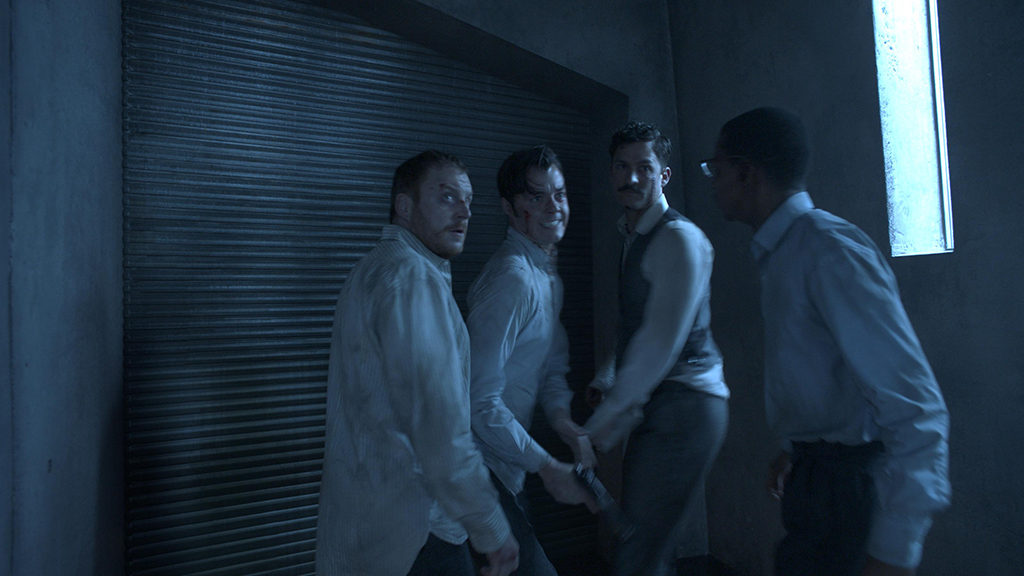
“The digital baby shot was purely down to the COVID situation in that we were unable to have a baby interact with our actors on set,” explains Delicata. “The baby could only be with its mother, which would not work for the shot as we needed to see Martha holding her new born baby with Thomas by her side. The prop department managed to find a jelly baby with eyes and breathing apparatus for the chest to rise and fall if required. We captured the normal camera data and HDR lighting reference, LiDAR scanned the entire room, photo scanned and LiDAR scanned the jelly baby, and shot texture references of the baby as well. Although the edit did not lock straight away, we supplied MPC with all our data and both shots select, which allowed them to get through all the shot prep, camera and object checking over the Christmas period. I supplied some images and moving footage of the type of baby look that the executives liked, and we worked from that starting point. MPC built the model to those references, and we then honed that down into face shape, eye color, skin tones and texture. We decided where eyes blinks would be and planned a baby yawn to tie in with our actors when they smile and laugh at the baby.”
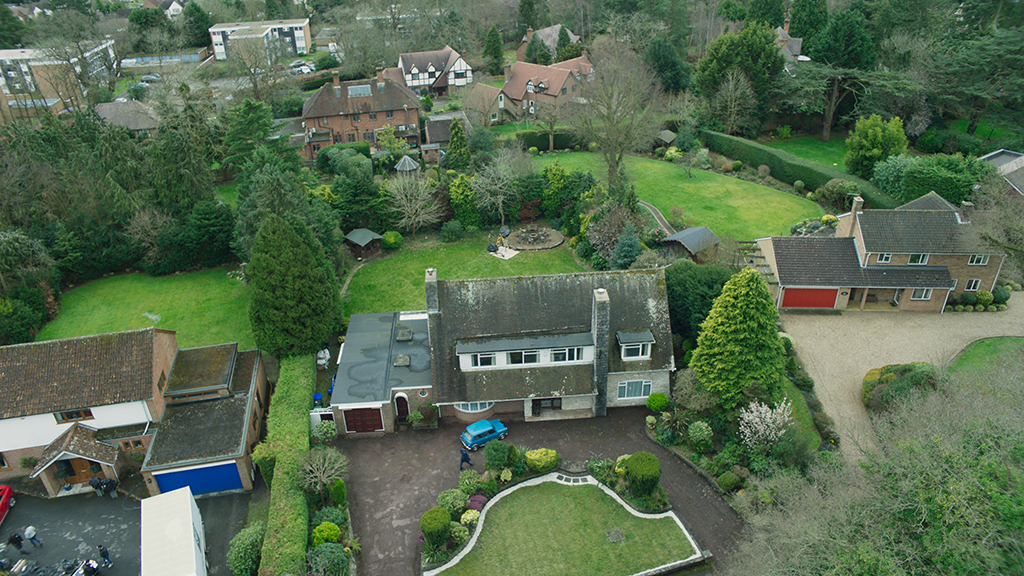
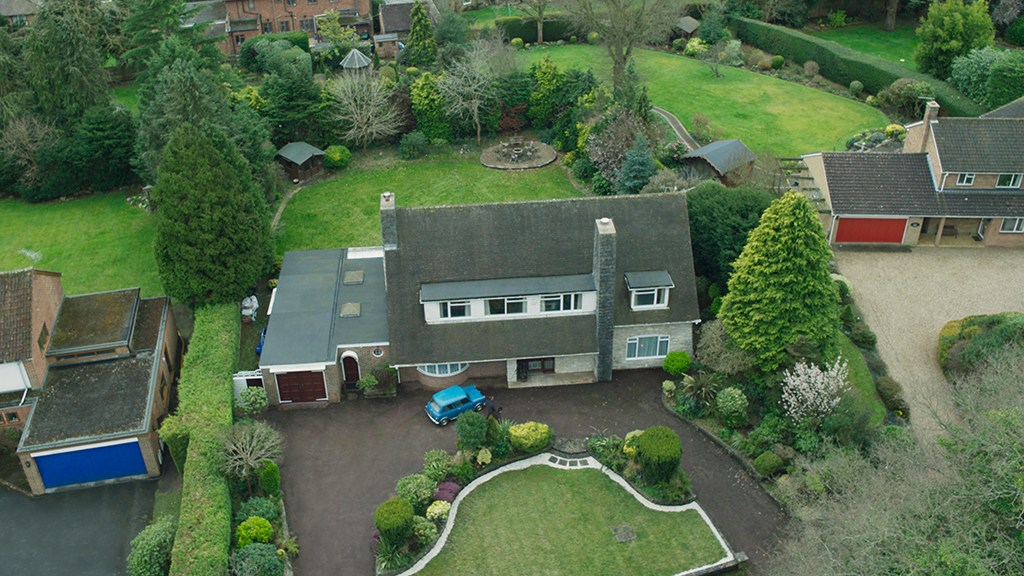
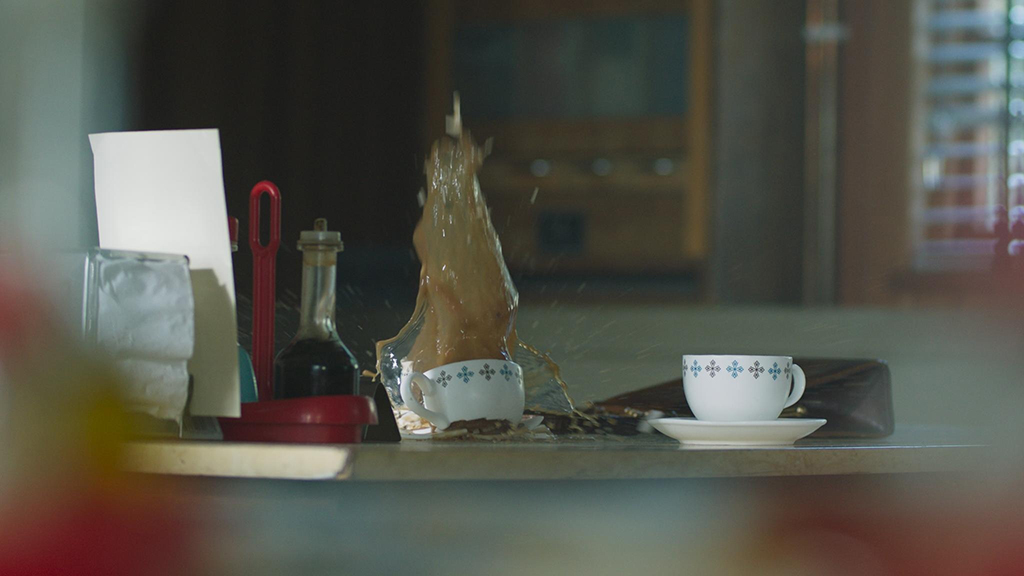
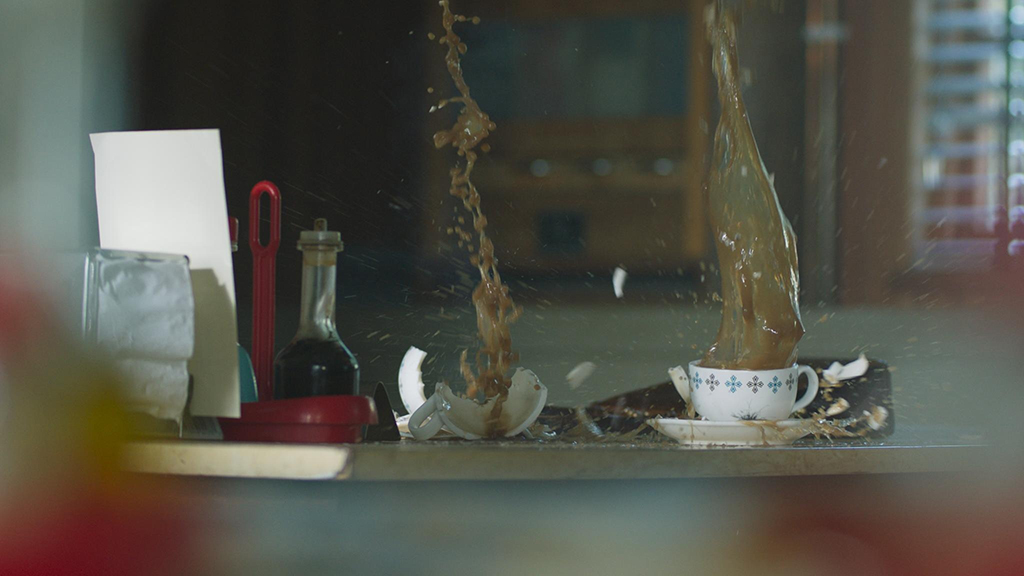
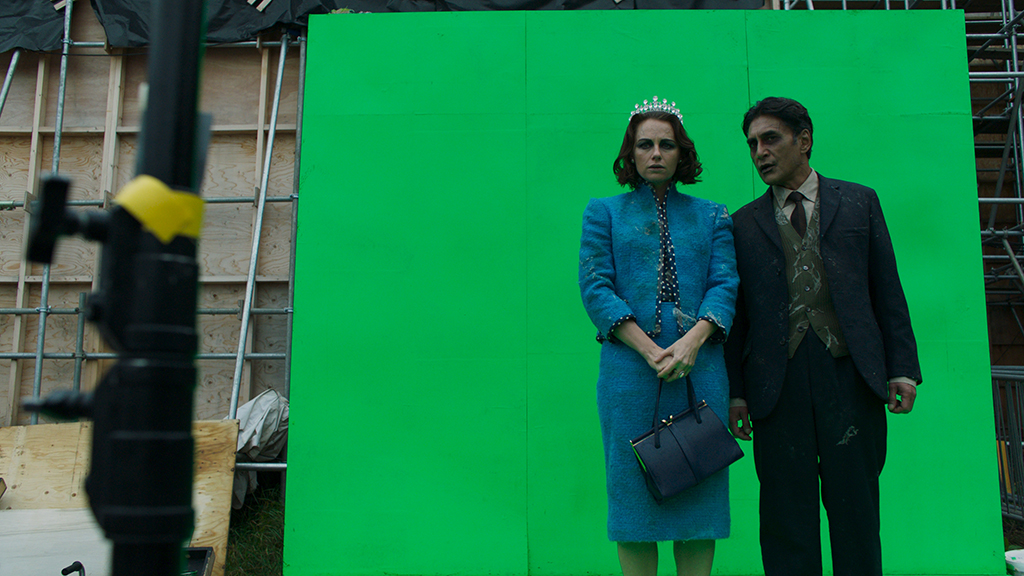
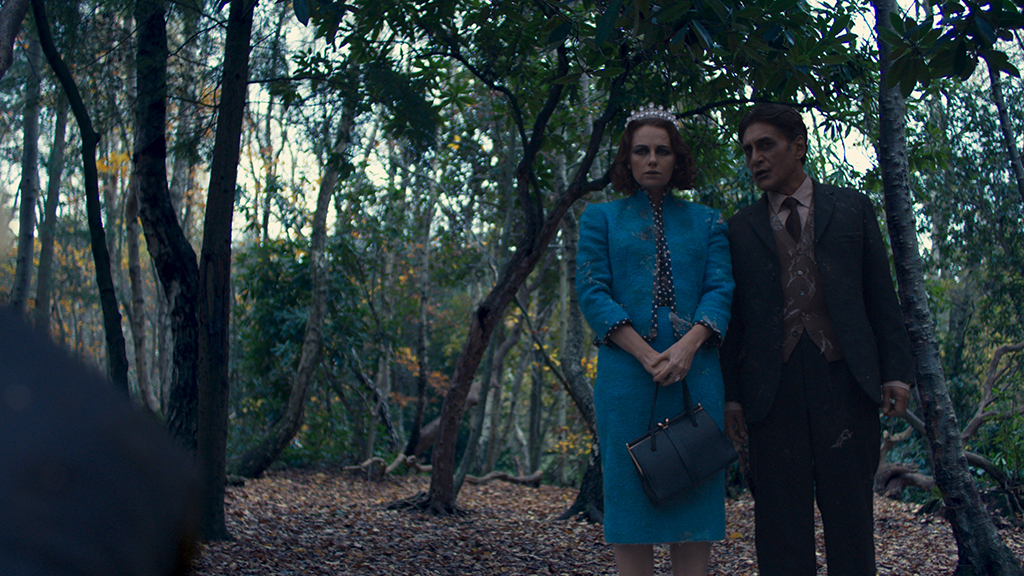
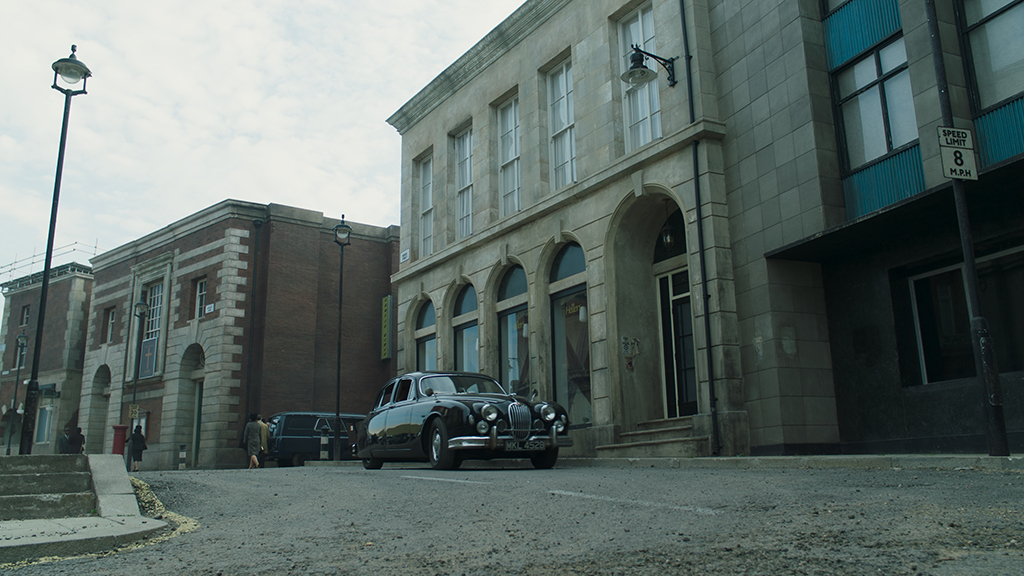
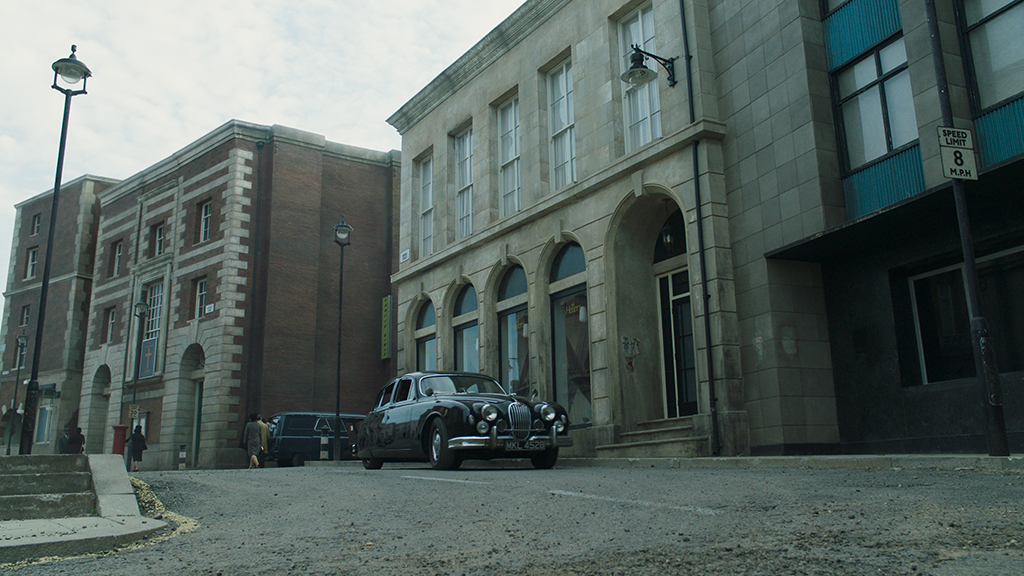
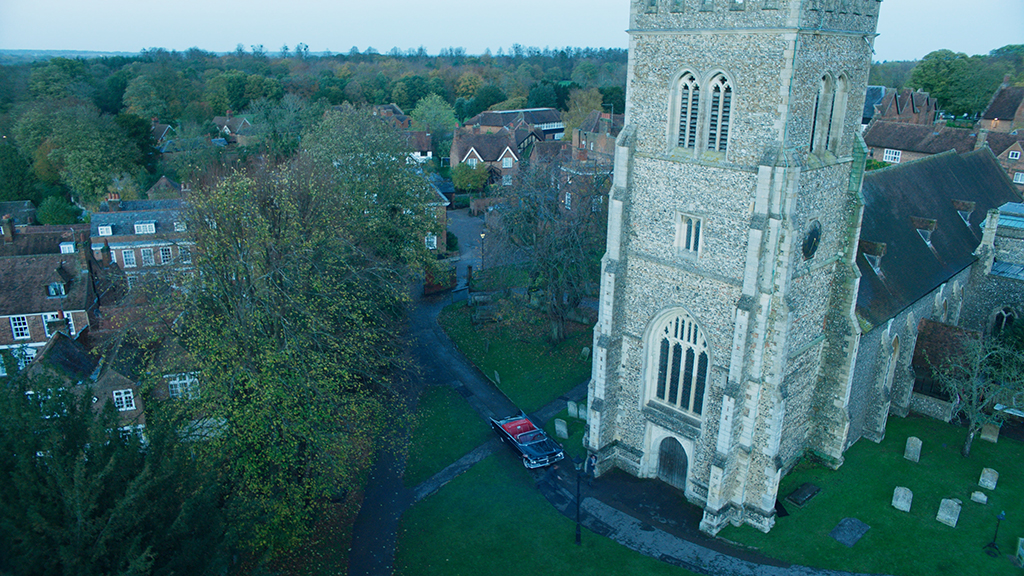
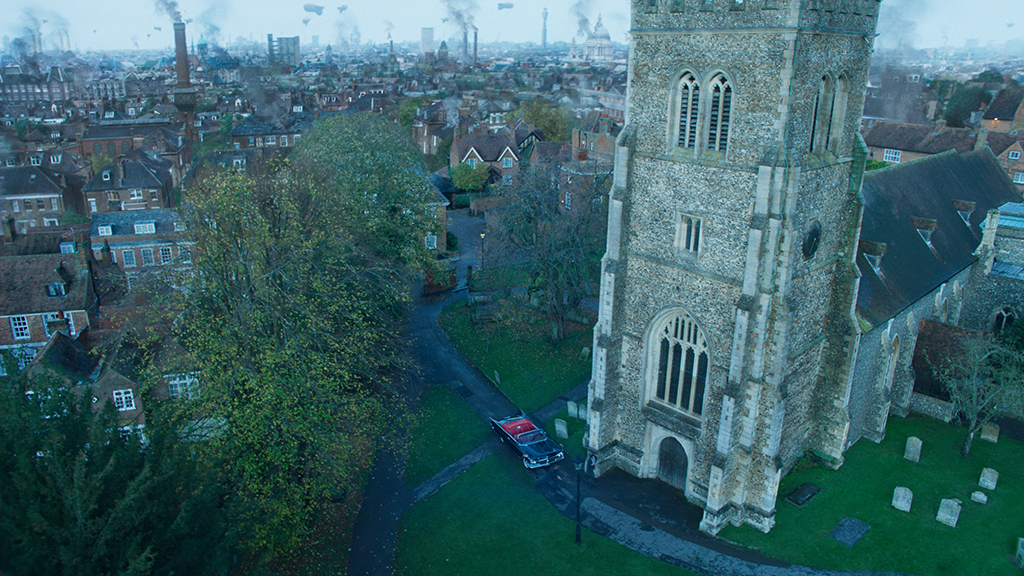
“The fun and interesting part of [the battle scene] sequence was designing how the Stormcloud suit would look, feel and deploy its devastating gas plasma beam to kill the enemy. We worked on the idea that the gas is circulating in the suit, and pipes from the tanks are strapped to his back. As the suit builds to fire its plasma gas beam, we worked on Gully Troy’s eyes changing with the color and energy of Stormcloud within him then. We went for a darker, not lighter look with the actual gas coming from the plasma beam, and that worked really well.”
—Rob Delicata, Visual Effects Supervisor
A personal highlight for Delicata is the battle that takes place in the Season 2 finale. “That whole sequence was shot over two days on a rainy and damp backlot in mid-November. The art department did a great job adding destroyed buildings and rubble and burnt-out cars. Real tanks and armored cars were brought in, as well as bazookas, lots of military hardware with lots of extras and our main cast.” Lighting references, photographic material and LiDAR scans were collected of the entire environment. “We added lots of gunfire, tracers and shellfire to complement what special effects could do on the day,” adds Delicata. “A nice shot was where we added a rocket being fired from the bazooka which misses the tank and hits the building above it, which was a practical explosion. We jerked the actor as he fired to help sell the point that he misses the tank. The fun and interesting part of this sequence was designing how the Stormcloud suit would look, feel and deploy its devastating gas plasma beam to kill the enemy. We worked on the idea that the gas is circulating in the suit, and pipes from the tanks are strapped to his back. As the suit builds to fire its plasma gas beam, we worked on Gully Troy’s eyes changing with the color and energy of Stormcloud within him then. We went for a darker, not lighter look with the actual gas coming from the plasma beam, and that worked really well.”